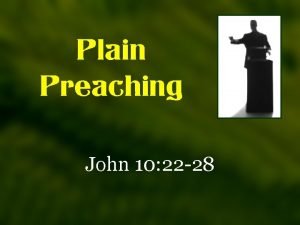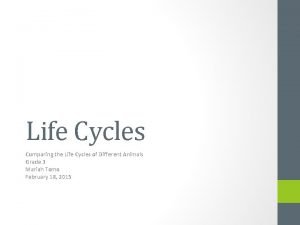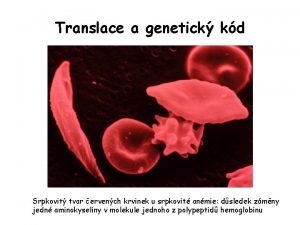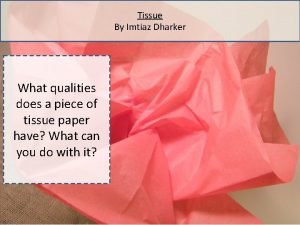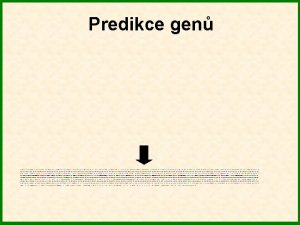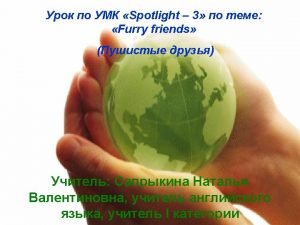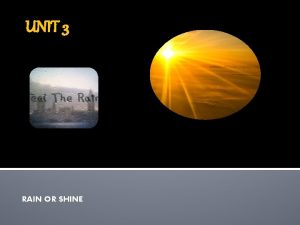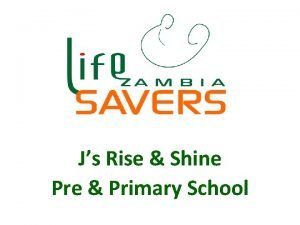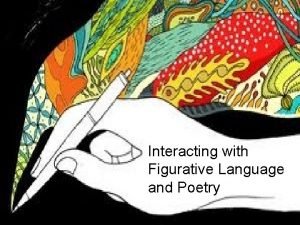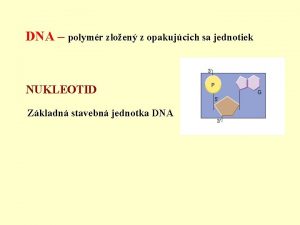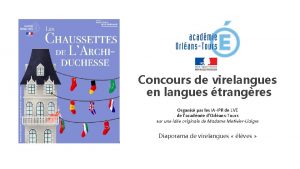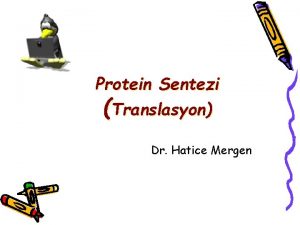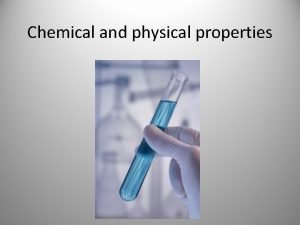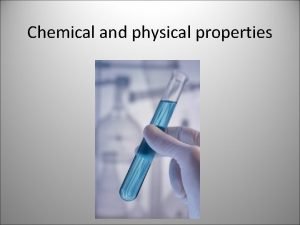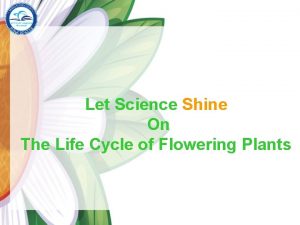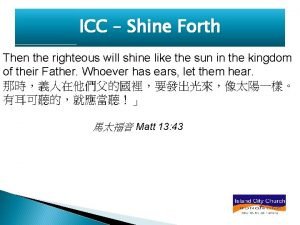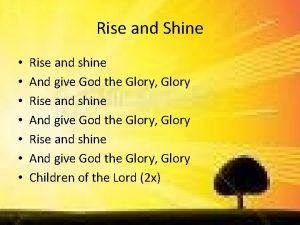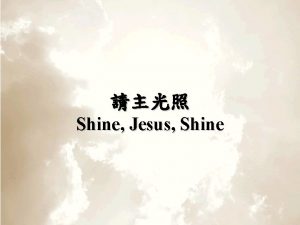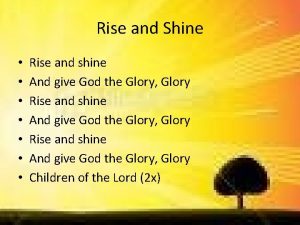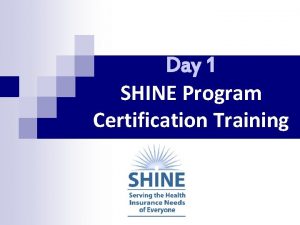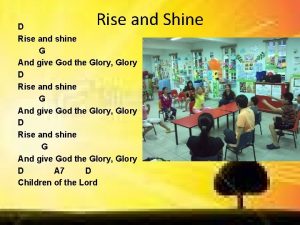Let Science Shine On The Life Cycle of







































- Slides: 39

Let Science Shine On The Life Cycle of Flowering Plants

Life Cycle of a Flowering Plant Big Idea 14: Organization and Development of Living Organisms • SC. 3. L. 14. 1 - Describe structures in plants and their roles in food production, support, water and nutrient transport, and reproduction. • SC. 4. L. 16. 1 - Identify processes of sexual reproduction in flowering plants, including pollination, fertilization (seed production), seed dispersal, and germination. (Assessed as SC. 3. L. 14. 1. ) Department of Mathematics and Science

The Life Cycle of Flowering Plants (Plant Structures and Functions) Plants Parts Word Bank: roots stem leaf flower

What is the role of roots? • Roots are plant structures that hold a plant in place and take in water and nutrients from the soil. Department of Mathematics and Science

What is the role of the stem? • The stem is the part of the plant that holds the leaves up to sunlight and moves water, nutrients and food through the plant. Department of Mathematics and Science

What is the role of leaves? • The leaf is the plant organ where photosynthesis take place to make food for the plant. Department of Mathematics and Science

Purpose of a Flower Are Flowers More Than Just Pretty? Department of Mathematics and Science

The Parts of a Flower What are three main parts of flowers? • petals • stamens • pistil

The Stamen: Male Reproductive Part of a Flower Anther: pollen grains (sperm cells) grow in the anther. Filament: holds the anther Department of Mathematics and Science

The Pistil: Female Reproductive Parts of a Flower Stigma Style Ovary (carpel) Eggs(ovules) Department of Mathematics and Science

The Parts of a Flower 2. 3. 5. 1. • Sepals protect the bud until it opens. • Petals attract insects. • Stamens make pollen. • Pistil contain the ovary 4. which contains the ovules (eggs). • When fertilized, ovules grow into fruits which contain seed. Department of Mathematics and Science

Parts of a Flower Quiz 3. _____ 5. ______ has two parts: a. anther b. filament 5 a. . 5. b 3. 4 a. . 4 b. 4 c. 2. _____ 1 4. ______has three parts: a. Stigma b. Style c. Ovary 2. Word Bank: petal pistil sepal stamen stem

What is Pollination? Gizmos: Flower Pollination is the act of transferring pollen grains from the male anther of the stamen to the female stigma. • Pollen lands on a female pistil, sperm cells move down to the ovary, fertilizing the egg cells. • Fertilization combines DNA. • The result is a seed with a tiny plant inside. • The ovary grows into a fruit to protect the seeds.

Pollinators • Animals, wind, and water can all help in the transfer of pollen. • We call animals or insects that transfer pollen from plant to plant "pollinators ". • The flower type, shape, color, odor, nectar, and structure vary by the type of pollinator that visits them.

Wind Pollination • Some flowers, such as grasses, do not have brightly colored petals and nectar to attract insects. These flowers are pollinated by the wind.

Flowering plants use: • • • the wind insects bats birds mammals to transfer pollen from the stamen (male) part of the flower to the stigma (female) part of the flower. Department of Mathematics and Science

Check Point 1. What is pollination? 2. How do flowering plants depend on other living things in order to reproduce? 3. Why are young plants like but not identical to their parents?

Gone to Seed Three main parts: 1. seed coat - a covering with two roles: - Protects new plant called embyro - Guards stored food called endosperm. 2. endosperm – stored food 3. embryo – The new plant with structures called seed leaves or cotyledons.

Wet Bean 2 nd Let’s explore … 1 st Lets make Dry Seed Observations: Length: Width: Mass: Color: Texture:

How do seeds get dispersed from a plant into the ground? • Some seeds are hidden in the ground by animals such as squirrels as a winter store. • Some seeds have hooks on them and cling to fur or clothes.

How do birds and animals help seed dispersal? • Birds and animals eat the fruits and excrete the seeds away from the parent plant.

What are ways Seeds are Carried Away from a Plant? • • • Animal-carried Animal-consumed Water-borne Wind-borne Propelled Department of Mathematics and Science

Seed Germination What do seeds need to sprout? • Water • Oxygen • Proper temperature • Some require proper light

Seed Germination What are the variables that affect germination? • Water • Proper temperature • Some require proper light • Oxygen Test your ideas on the Gizmo: Germination. www. explorelearning. com Department of Mathematics and Science

Characteristics of Insects • Insects are small animals with a head, a thorax, an abdomen, and six legs. • All insects start their lives as eggs. • These eggs can be different colors, shapes, and sizes. • All insects go through metamorphosis after birth.

Life Cycles of Insects Animals that change their appearance during growth undergo metamorphosis. That's just a long word meaning "to change shape. “ The change that occurs when an insect egg hatches and grows into an adult is called metamorphosis, meaning to change in form. Insects and Metamorphosis

What are two types of metamorphosis? 1. Incomplete 2. Complete How are these two types alike?

Insect Metamorphosis Review Incomplete three phases • egg • nymph • Adult Example: grasshopper Complete four phases egg larva pupa Adult Example: bee

Insect Metamorphosis Incomplete Metamorphosis Complete Metamorphosis

D e p a r t m e n t o f S c i e n c e Comparing Plant Life Cycles Some plants produce flowers Other plants produce cones

Conifer Plants

Comparing Nonflowering Plants Moss and ferns produce spores. Conifers such as a Pine tree produce cones

Ferns produce spores






 Shine jesus shine fill this land with the father's glory
Shine jesus shine fill this land with the father's glory Shine jesus shine fill this land with the father's glory
Shine jesus shine fill this land with the father's glory Let me let me let me
Let me let me let me Let your light shine vbs
Let your light shine vbs What's your favourite subject?
What's your favourite subject? Bill nye life cycles
Bill nye life cycles Indirect object examples
Indirect object examples Let's go to my house let's go today
Let's go to my house let's go today He who has ears to hear let him hear revelation
He who has ears to hear let him hear revelation She lit a candle
She lit a candle Genetický kód
Genetický kód Bbc bitesize tissue poem
Bbc bitesize tissue poem Arise and shine communication
Arise and shine communication Shine trial
Shine trial Standard cost model
Standard cost model Naylor shine tables
Naylor shine tables Pribnowův box
Pribnowův box Shine wherever you go
Shine wherever you go Dirty headlights can reduce visibility up
Dirty headlights can reduce visibility up Nanny shine has got
Nanny shine has got What does skid mean in driving
What does skid mean in driving Words to christ be our light
Words to christ be our light Unit 3 rain or shine
Unit 3 rain or shine Dropping gs
Dropping gs Shine certification
Shine certification Rise and shine primary school
Rise and shine primary school Similes in stereo hearts
Similes in stereo hearts The crystal stars have begun to shine
The crystal stars have begun to shine Shine dalgarnova sekvence
Shine dalgarnova sekvence I saw susie sitting in a shoe shine shop
I saw susie sitting in a shoe shine shop Shine theory ted talk
Shine theory ted talk Andrew chinn shine among them
Andrew chinn shine among them Isaiah rise and shine
Isaiah rise and shine Wooble hipotezi
Wooble hipotezi Skid meaning in driving
Skid meaning in driving Is the shine of chrome physical or chemical
Is the shine of chrome physical or chemical Is the shine of chrome physical or chemical
Is the shine of chrome physical or chemical Rise and shine algorithm
Rise and shine algorithm Shine 917 light
Shine 917 light Introduction to poetry by billy collins figurative language
Introduction to poetry by billy collins figurative language


